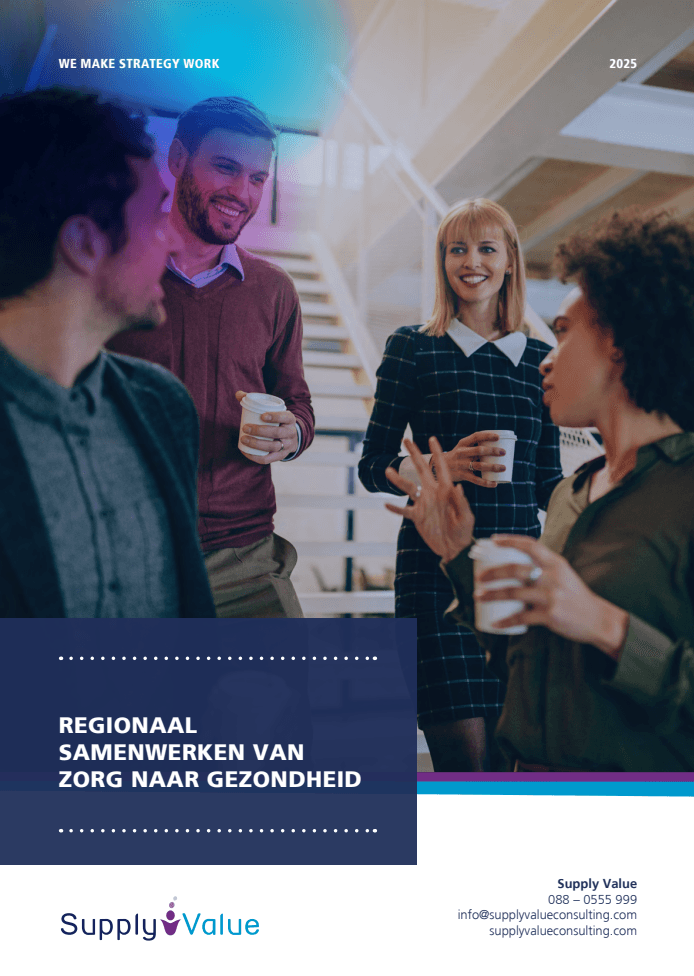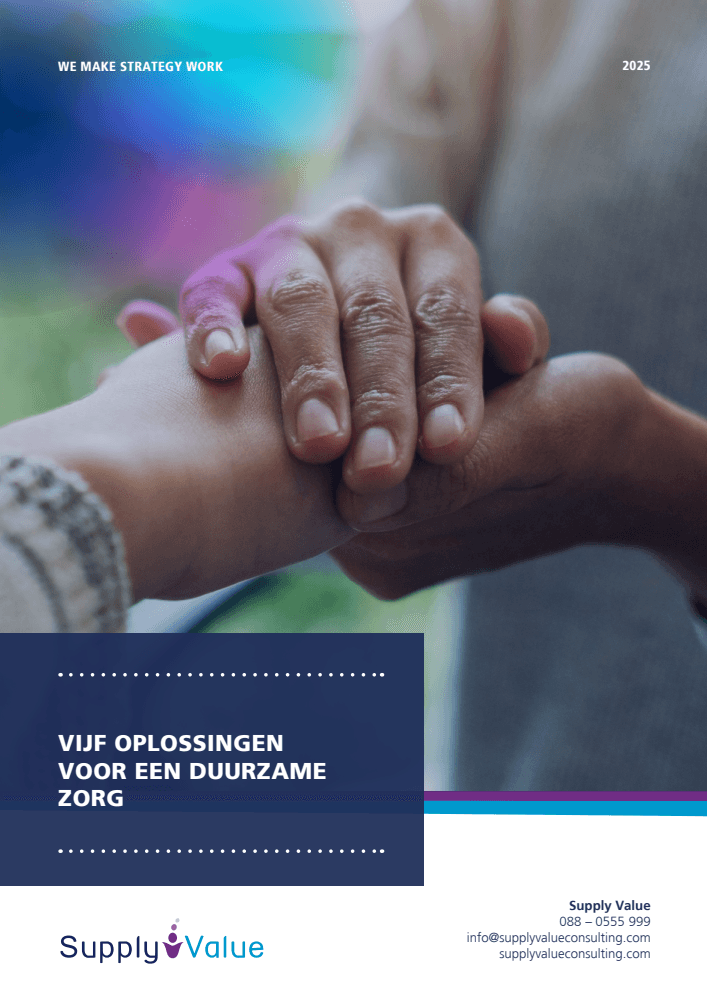COVID-19 has highlighted supply chain disruptions and exposed their pain points. Supply Chain Magazine’s survey of 143 supply chain decision makers in Europe found that 78 percent experienced short-term negative impact (March, 2020). According to the survey, the main bottlenecks were supplier inbound goods flows and lack of visibility into customer demand. What impact has this had on supplier collaboration? Is it under pressure or has the relationship actually strengthened? In this insight, we provide our take on this, among other things.
Globalization and efficiency
Globalization has ensured that every part of a product is made where it can be done best and cheapest. The downside of this is: if one country can no longer supply, production throughout the chain stalls. So while companies have become increasingly efficient in recent decades, this has come at the expense of buffers in the supply chain. Chains are often too fragile (Consultancy.co.uk, 2020). Currently, therefore, organizations are increasingly choosing to produce products themselves. An example of this can be found in Spain, where they decided to produce their own mouth caps. Spain wanted to stop depending on China, supply themselves and build up a reserve (Volkskrant, 2020).
Procurement professionals therefore advocate a more robust supply chain, where the focus is no longer just on the cheapest and fastest option. The short- and long-term view and less dependence on one supplier are just as important (FD, 2020)(Consultancy.nl, 2020).
Emergence of sudden challenges
Supply chain disruption began when COVID-19 broke out in Asia. The question of “how do we get product parts from Asia towards us” occupied many organizations. The issue at that time was to secure supplies so that production could continue and customers would not suffer. Then the virus spread further around the world and also affected the Netherlands. Rapidly the virus spread across our country and the prime minister declared an intelligent lockdown. Contaminated sectors, such as hospitality, tourism and culture, were shut down. People could consume less because of contact restrictions, and consumers and producers lost confidence in the economy. In addition, demand for various products, such as food and medicine, increased. Organizations were also unable to run at full capacity, due to higher absenteeism and contact restrictions. In addition, they faced logistical challenges due to travel and border restrictions. Those are quite a few challenges that suddenly surfaced.
Working with suppliers
COVID-19 and the cabinet’s measures also had a major impact on working with suppliers. Meeting face-to-face with suppliers was not possible due to the home working regime and travel restrictions. Digital communication made collaboration difficult. Especially when it came to suppliers in other continents, such as Asia. Thus, we expect organizations to have remedial work to do in the relationship with their suppliers once travel becomes possible again. In addition, organizations should be alert to the collapse of suppliers so that they do not face further unexpected challenges. We feel that this peak is still to come this fall and next year.
Lessons learned
Research from Nevi (June, 2020) shows that when asked “What do you think you will do differently?” the number one answer is to review sourcing strategies. Also, a global questionnaire by Kearney & the World Economic Forum (2020) of 400 procurement, supply chain and operations managers shows that nearly half of the organizations surveyed want to overhaul the entire procurement and supply chain strategy. This is related to what was mentioned earlier: fragile supply chains. Organizations want to build in more certainty and take a long-term view. In addition, strengthening cooperation with (core) suppliers and increasing flexibility in processes and chains also emerged as lessons learned in Nevi’s research.
Our experience also shows that it is essential to look at the long term in terms of supplier and contract management. Traditionally, planning processes are often short cyclical, but it is good to broaden this and be able to give a forecast to (core) suppliers. In addition, building flexibility and transparency into contracts is also a major desire of organizations. Moreover, we see that organizations want to put more emphasis on the supply chain in the future and use multiple sourcing, for example. Finally, organizations should consider whether framing everything based on efficiency is wise.
In the coming months and years, the impact of COVID-19 is only going to become really clear and we will see if the measures and changes in direction of organizations will really work. You can download the insight below.



